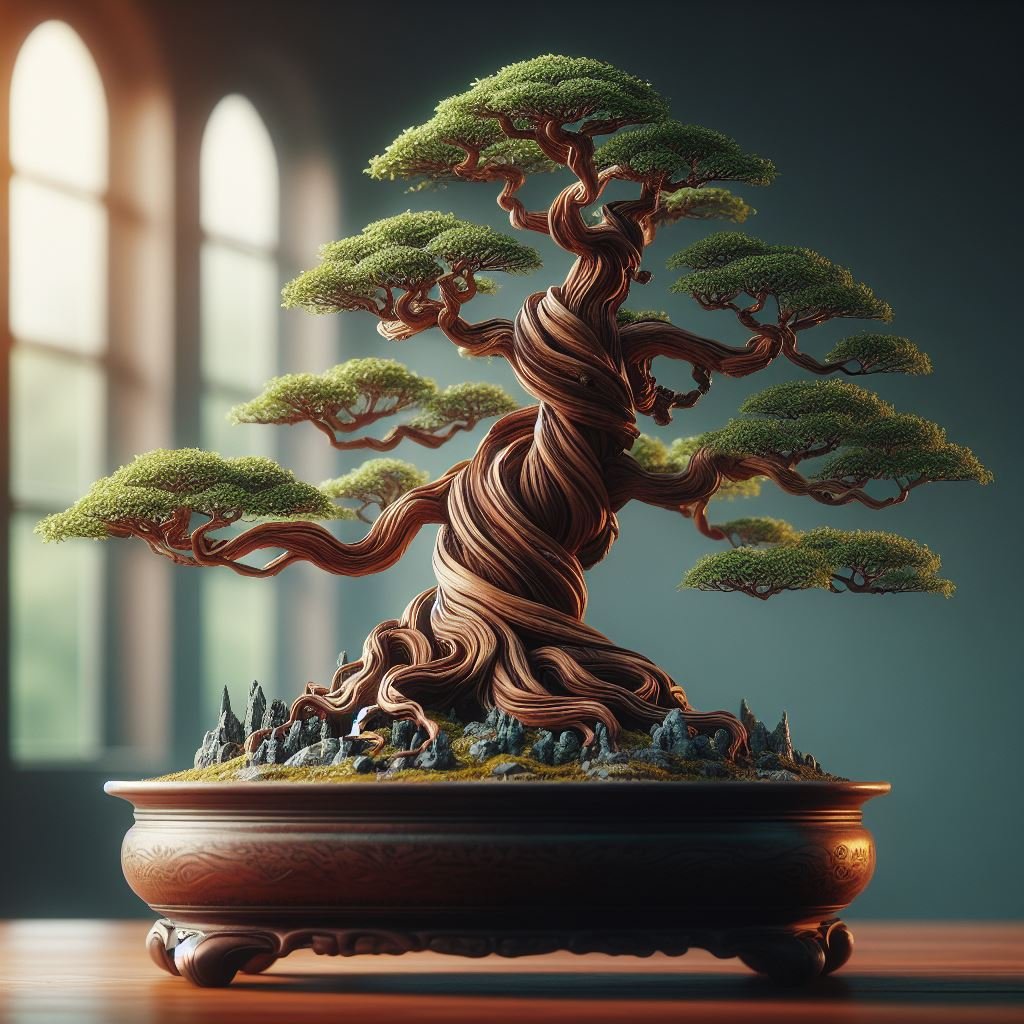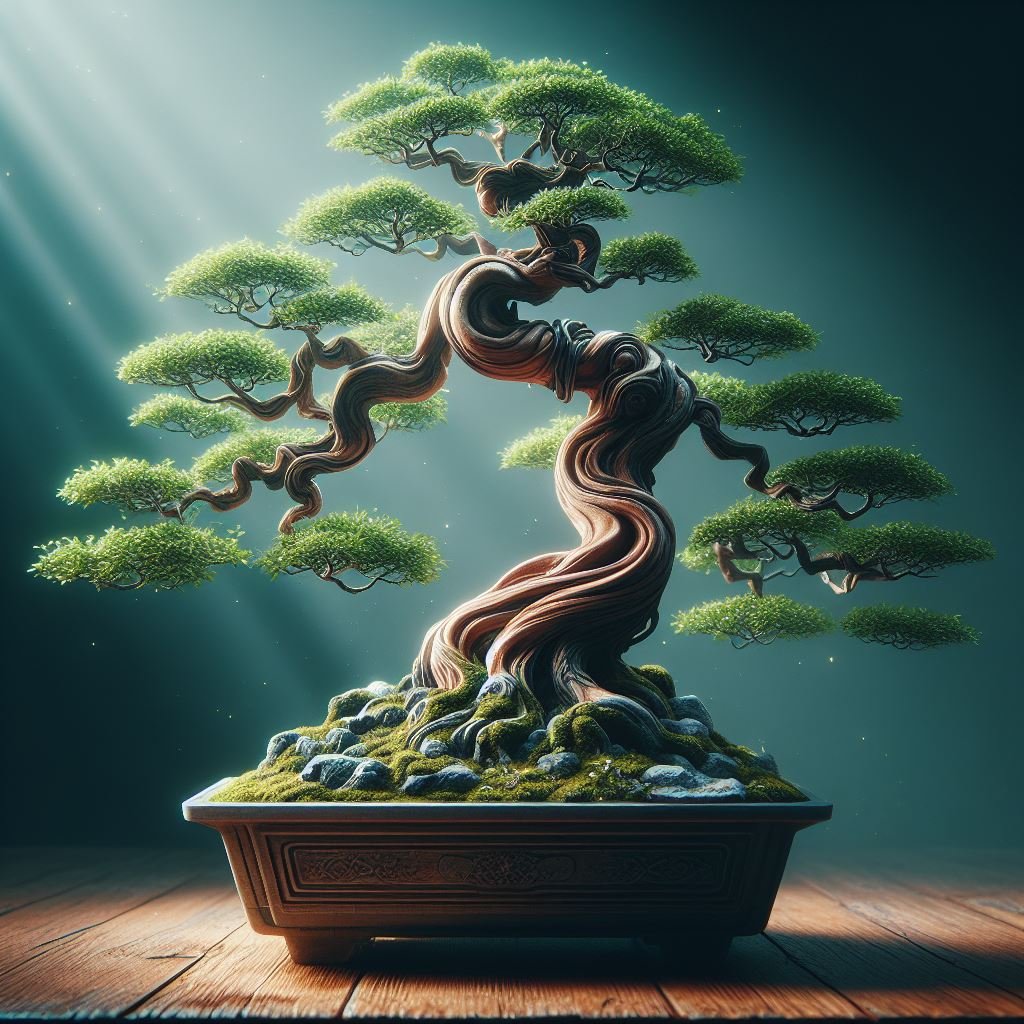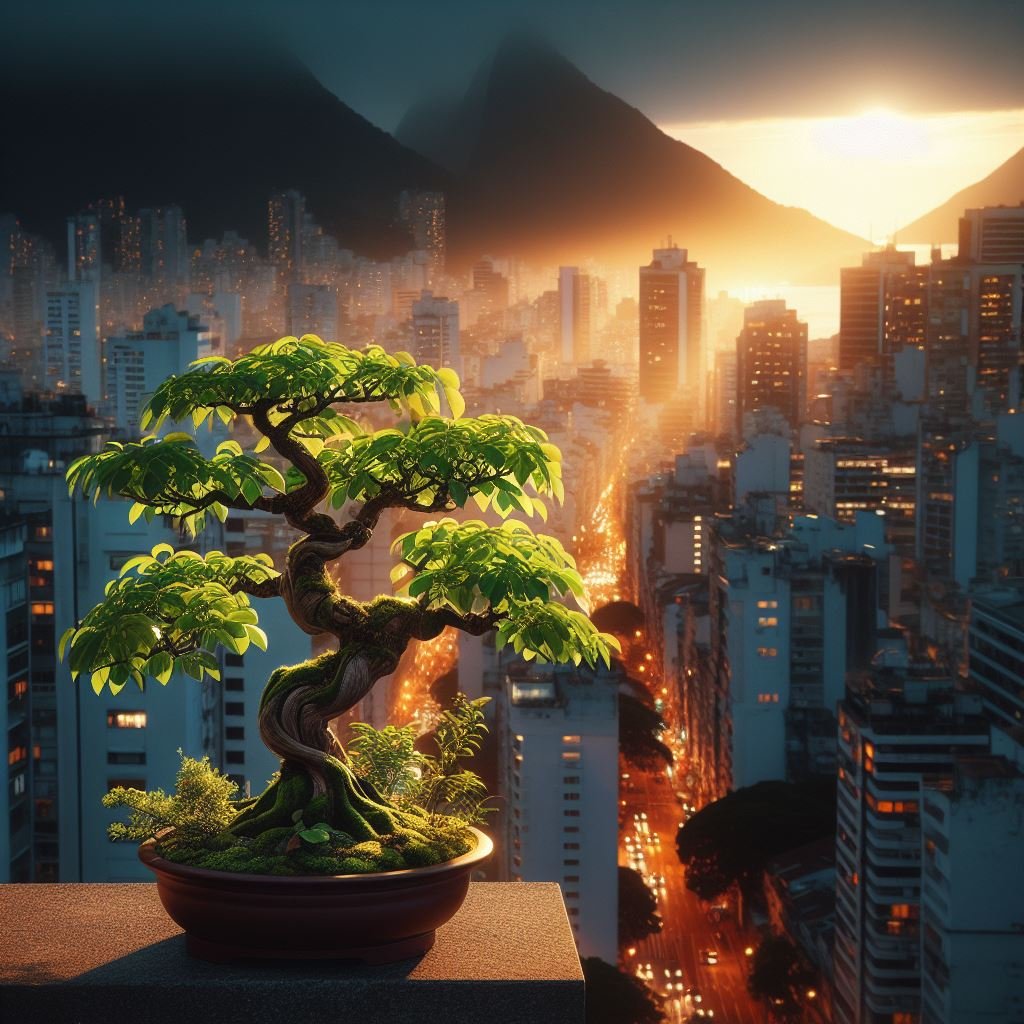Welcome to the captivating world of Brazilian Rosewood Bonsai! In this blog post, we will explore the history, care guidelines, pruning techniques, and common issues associated with this exquisite plant. Whether you are a bonsai enthusiast, gardener, or home decorator, this guide will provide valuable insights to help you appreciate and nurture your Brazilian Rosewood Bonsai.
Introduction
Brazilian Rosewood Bonsai, known for its elegance and timeless beauty, has captured the hearts of bonsai enthusiasts worldwide. Its rich history and cultural significance make it a prized addition to any collection. Let’s delve into the captivating journey of the Brazilian Rosewood Bonsai and uncover the secrets to its care and maintenance.
History and Significance
Brazilian Rosewood, scientifically known as Dalbergia nigra, is a highly valued tree species that is native to Brazil. It’s particularly prized for its richly colored and beautifully grained timber which has been used extensively in high-quality furniture, musical instruments, and in the art of bonsai.

History
The use of Brazilian Rosewood dates back to the 18th century, during the time of Portuguese colonization of Brazil. The Portuguese were the first to recognize the beauty and durability of this wood and started using it for furniture and other high-quality woodwork.
In the world of bonsai, Brazilian Rosewood is a relatively recent introduction. Bonsai itself originated in China over a thousand years ago, before spreading to Japan and eventually the rest of the world. However, the use of Brazilian Rosewood for bonsai only began in the late 20th century when enthusiasts started experimenting with different types of trees.
Significance
Brazilian Rosewood is significant for a number of reasons:
- Aesthetic Appeal: The tree’s dark-colored wood, combined with its ability to be shaped into intricate forms, makes it an ideal choice for bonsai.
- Endangered Status: Unfortunately, due to excessive logging, the Brazilian Rosewood is now considered an endangered species. This has led to restrictions on its trade, making existing Brazilian Rosewood bonsai trees all the more valuable.
- Symbolism: In the art of bonsai, every tree species carries symbolic meanings. The Brazilian Rosewood, with its resilience and beautiful form, is often seen as a symbol of strength, beauty, and endurance.
Despite its endangered status, the cultivation of Brazilian Rosewood for bonsai continues under controlled conditions. This is done not only to preserve the species but also to continue the tradition of bonsai artistry.
Basic Care Guidelines of Brazilian Rosewood Bonsai
Caring for a Brazilian Rosewood bonsai requires attention to several key factors:

1. Sunlight: The Brazilian Rosewood bonsai enjoys plenty of sunlight. However, it should be protected from intense midday sun which can scorch the leaves.
2. Watering: Water your bonsai regularly, ensuring the soil is kept moist but not waterlogged. Overwatering can lead to root rot, which can be fatal to your bonsai.
3. Temperature: Being a tropical tree, the Brazilian Rosewood prefers warm temperatures. It should be protected from frost and freezing temperatures, which can damage or kill the tree.
4. Pruning: Regular pruning is essential to maintain the desired shape of your bonsai. This should be done using sharp, clean tools to avoid damaging the tree.
5. Feeding: Feed your bonsai with a balanced bonsai fertilizer every two weeks during the growing season (spring to fall). In winter, reduce feeding to once a month.
6. Repotting: The Brazilian Rosewood bonsai should be repotted every two to three years. This helps to replenish the soil and give the roots room to grow.
7. Pests and Diseases: Watch out for common pests like aphids, scale, and spider mites. If you notice any signs of infestation, treat promptly with an appropriate pesticide.
Remember, each bonsai tree is unique, and care guidelines can vary based on a variety of factors such as your local climate and the specific needs of your tree.
Pruning and Shaping Techniques
Pruning and shaping are essential aspects of bonsai care that help maintain the miniature size and enhance the aesthetic appeal of the tree. Here are some techniques:

1. Pruning:
This involves removing unwanted growth to maintain the shape and size of the tree. It’s typically done in early spring and mid-summer, but timing can vary depending on the specific type of tree. Here’s how:
- Shoot Pruning: Trim back new growth to the first or second pair of leaves. This encourages the tree to become denser.
- Branch Pruning: Remove branches that disrupt the tree’s overall shape, such as those growing straight up or down, crossing other branches, or making the tree look unbalanced.
- Root Pruning: Done during repotting, this involves trimming the roots to keep the tree small and healthy.
2. Shaping Techniques:
- Wire Training: This involves wrapping wire around the branches and trunk and gently bending them into the desired shape. The wire should be removed before it begins to cut into the bark.
- Clip-and-Grow Method: This involves strategic pruning to direct the growth of the tree. By pruning a branch back to a bud facing in the desired direction, new growth will follow that direction.
- Defoliation: This involves removing some or all of the leaves to encourage the growth of smaller, denser foliage.
Remember, these techniques require careful execution and patience. Over-pruning or aggressive shaping can harm the tree. It’s also important to use clean, sharp tools to make clean cuts and prevent disease.
Common Issues and Solutions
Like any living organism, Brazilian Rosewood Bonsai may encounter certain challenges along its journey. By familiarizing yourself with common issues such as pests, diseases, leaf discoloration, wilting, root problems, and potting challenges, you will be equipped to address these issues promptly and effectively. Remember, early intervention is key to maintaining the health and vitality of your bonsai.
Resources for Purchasing Brazilian Rosewood Bonsai
If you’re inspired to add a Brazilian Rosewood Bonsai to your collection, there are numerous resources available to help you find the perfect specimen. Explore reputable online nurseries and specialized bonsai retailers that offer a diverse selection of Brazilian Rosewood Bonsai. Additionally, consider joining local bonsai clubs and attending exhibitions where you can connect with fellow enthusiasts and access a wider range of options.
Personal Experience: My First Brazilian Rosewood Bonsai

I still remember the day I brought home my first Brazilian Rosewood Bonsai. Its delicate branches and intricate foliage instantly captivated me. The journey of nurturing and shaping my bonsai has been a rewarding experience, teaching me patience, resilience, and an appreciation for the beauty of nature. Embrace your journey with the Brazilian Rosewood Bonsai and let it inspire you to connect with nature on a deeper level.
Brazilian rosewood bonsai growth rate
The Brazilian Rosewood, or Dalbergia nigra, is a slow-growing tree. The specific growth rate can vary depending on several factors including the quality of care, the environment, and the specific growing conditions. However, it’s important to note that bonsai trees in general are grown slowly to maintain their miniature size and to develop their unique shapes.
Growing a Brazilian Rosewood from seed can take time. The seeds typically germinate within a month when planted in soil specifically for seed-starting. After germination, the growth of the tree can be a long process. According to a forum post on Bonsai Empire, the development of an interesting tree can take between 20-40 years with frequent small pruning.
Please note that these are rough estimates and the actual growth rate of your Brazilian Rosewood bonsai may vary. It’s always best to consult with a bonsai expert or do your research to understand the specific needs of your tree.
Sources
- Garden Republic’s Guide to Bonsai Seed Sowing and Care, source ↩
- Growing from seed. CCW from top left: flame tree, Brazilian…, source ↩
- Tall & stemmy Brazilian Rosewood – Bonsai forum, source ↩
Conclusion
As we conclude this guide to Brazilian Rosewood Bonsai, we hope you feel empowered to embark on your bonsai journey. By understanding the history, caring for your bonsai with diligence, and seeking solutions for common issues, you will create an environment where your Brazilian Rosewood Bonsai can flourish. Embrace its elegance, adaptability, and the tranquility it brings to your space. Let the beauty of the Brazilian Rosewood Bonsai inspire you to explore the art of bonsai further and appreciate the wonders of nature.
Frequently Asked Questions (FAQs)
How often should I water my Brazilian Rosewood Bonsai?
Watering should be carried out diligently, ensuring the soil is kept moderately moist. However, the frequency can vary depending on the climate and the specific needs of your bonsai.
Can Brazilian Rosewood Bonsai be kept indoors?
Brazilian Rosewood Bonsai can be kept indoors if they receive enough light. However, they prefer outdoor environments where they can benefit from natural sunlight and varying weather conditions.
How often should I prune my bonsai?
Pruning is usually done in early spring and mid-summer, but the timing can vary depending on the specific type of tree. Regular pruning is necessary to maintain the shape and aesthetics of your bonsai.
How long does it take to grow a Brazilian Rosewood Bonsai from seed?
Growing a Brazilian Rosewood from seed can take between 20-40 years with frequent small pruning. This time frame can vary depending on several factors including the quality of care, the environment, and the specific growing conditions.
Can I shape my bonsai any way I want?
While you can shape your bonsai to a certain extent, it’s important to respect the tree’s natural growth pattern. Aggressive shaping can harm the tree. Techniques like wire training, the clip-and-grow method, and defoliation can be used to achieve the desired shape.
What should I do if my bonsai shows signs of disease or pests?
Early intervention is key. Identify the issue, isolate the tree if necessary, and use an appropriate treatment. Consult with a bonsai expert or reach out to a plant health clinic if needed.






I truly appreciate your technique of writing a blog. I added it to my bookmark site list and will
Thank you for your kind words! I’m thrilled that you appreciate my writing style and find the content worthy of bookmarking. Your support means a lot to me. I’ll continue striving to provide valuable and engaging content. Looking forward to sharing more with you in the future!